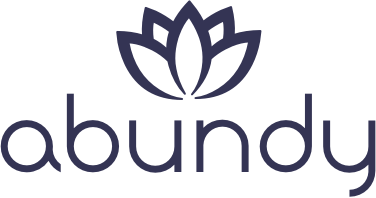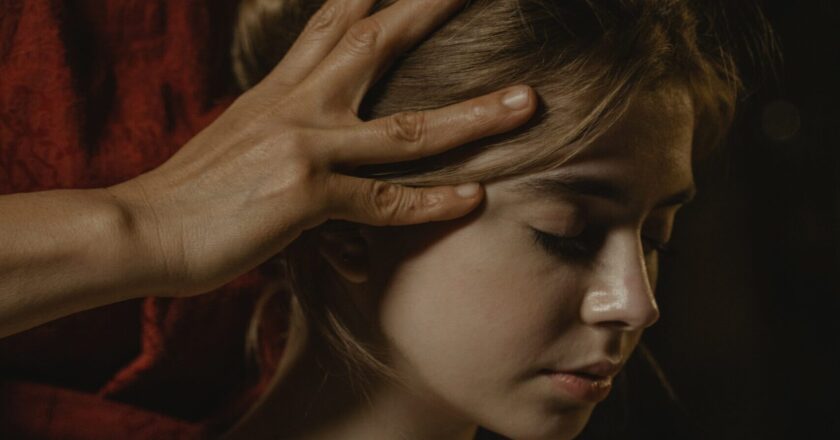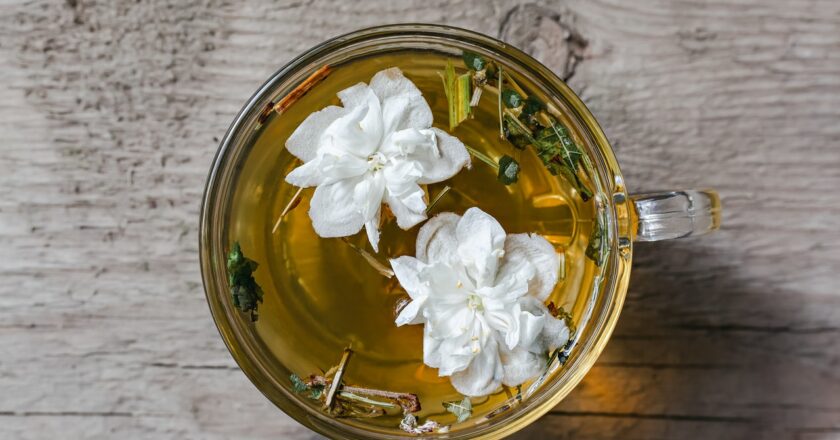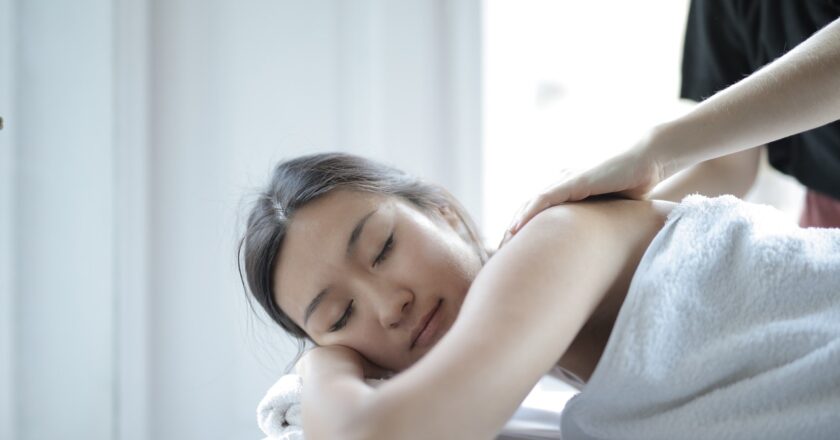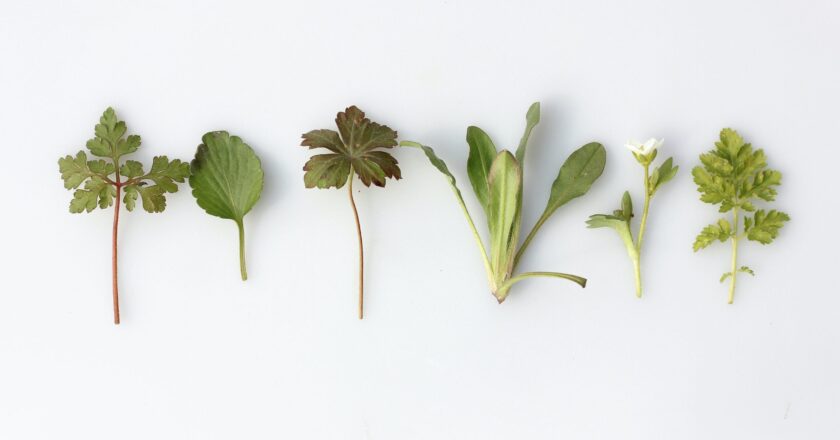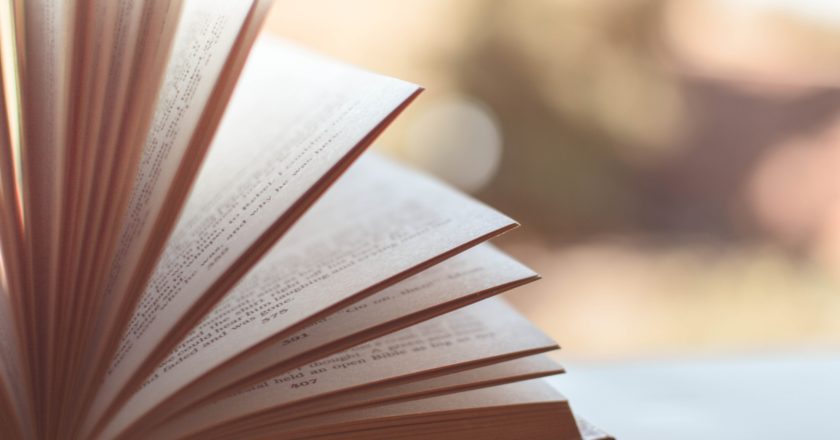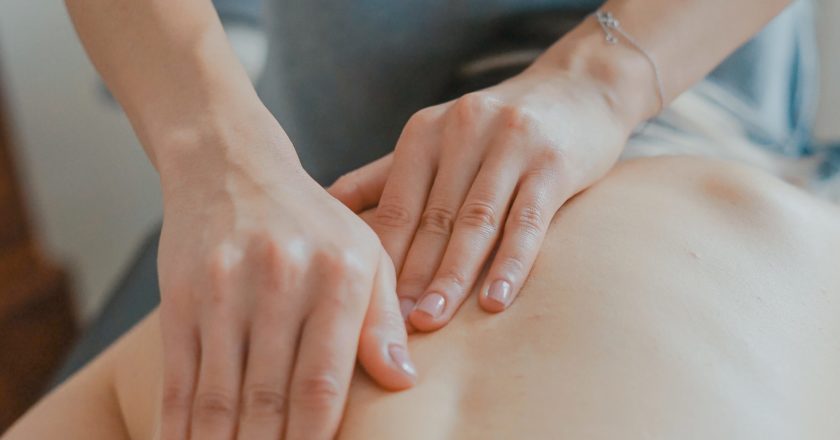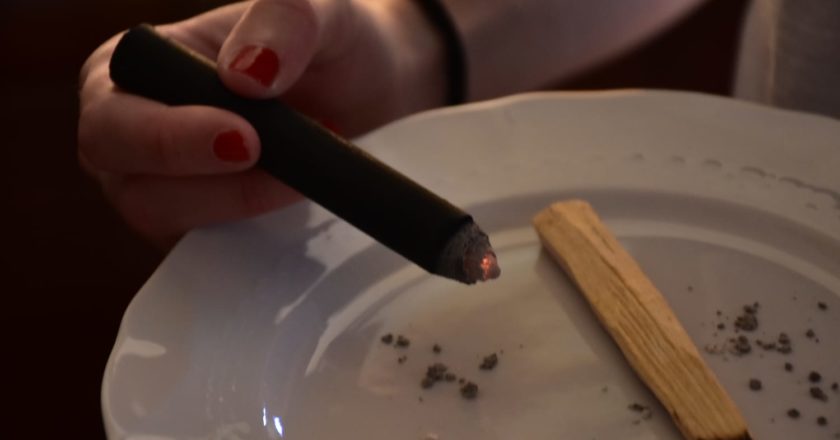As some of you may already know, Indian Head Massage (IHM) is a form of Ayurvedic massage therapy focused on the upper-back, arms, head, neck and face areas. It has numerous physical and mental benefits, including: relaxation of muscles and the whole body, improvement of blood and lymph circulation and joints’ movements, promoting hair growth and good sleep quality, relieving from headache and sinusitis, reducing stress and anxiety.
Since this practice is so powerful and brings so much well-being, it would be a pity to miss out just because maybe we don’t have the time or the money to spend, or we can’t find the right therapist nearby.
The little guide that follows will allow you to experience the benefits of IHM, thanks to the practice of self-massage, in 10 easy steps!
PREPARE THE ROOM
Self-massage should be done at a slow, easy pace, so make sure you allow yourself plenty of time to complete your treatment. Ensure that the room you intend to use is warm and comfortable and that you are not going to be disturbed.
Wear clothing that is loose to allow free movement. Choose a chair that has good back support but one that does not have a back that is of a height that will interfere with the massage movements.
PREPARE YOURSELF
Place your hands on your lap and close your eyes. You now need to relax to experience the full benefits of the massage. Visualisation or breathing exercises are often the best methods to use because of their calming effect, but use anything that works best for you.
Complete a little upper-body stretch to be ready to begin.
- STEP ONE: Pour approximately one tablespoon of the pre-blended oil into the palm of one hand and apply it to the crown of the head. (You can skip this step if you don’t want to use oil).
- STEP TWO: Beginning at either side of the head, massage your fingers into the hair, working towards the crown. Gradually work towards the front and back of the head until the oil is distributed evenly over the complete head (if you are using oil).
- STEP THREE: Gently massage over the entire head using your fingers and your thumbs. This creates friction and warmth, which will relax the head muscles.
- STEP FOUR: Using both hands, grip large clumps of hair at the roots and tug from side to side. Keep the knuckles very close to the scalp. This movement increases the flexibility of the scalp.
- STEP FIVE: With the heel of the hands on the temples, apply firm pressure and make large, slow circular movements over the temples.
- STEP SIX: With the head tilted forward, using alternate hands, squeeze and roll the muscles at the back of the neck, starting at the base of the skull and working downwards. Repeat several times.

- STEP SEVEN: Place the thumbs on either side of the base of the skull just under the occiput. Rub firmly using small, circular movements.

- STEP EIGHT: Using the right hand, apply a medium pressure to the left upper shoulder area near the neck and gently squeeze the muscle tissue. Continue this movement along the full length of the shoulder. Repeat twice more. Apply this technique to the other shoulder.

- STEP NINE: With the palm of the right hand on the base of the left hand side of the neck, rub firmly downwards along the shoulder and upper arm to the elbow for 3 times. Apply to the left hand side using the right palm. This technique will remove toxins, improve muscle tone and increase circulation.

- STEP TEN: To complete the massage, gently rub both hands over the whole of the head and onto the face.
